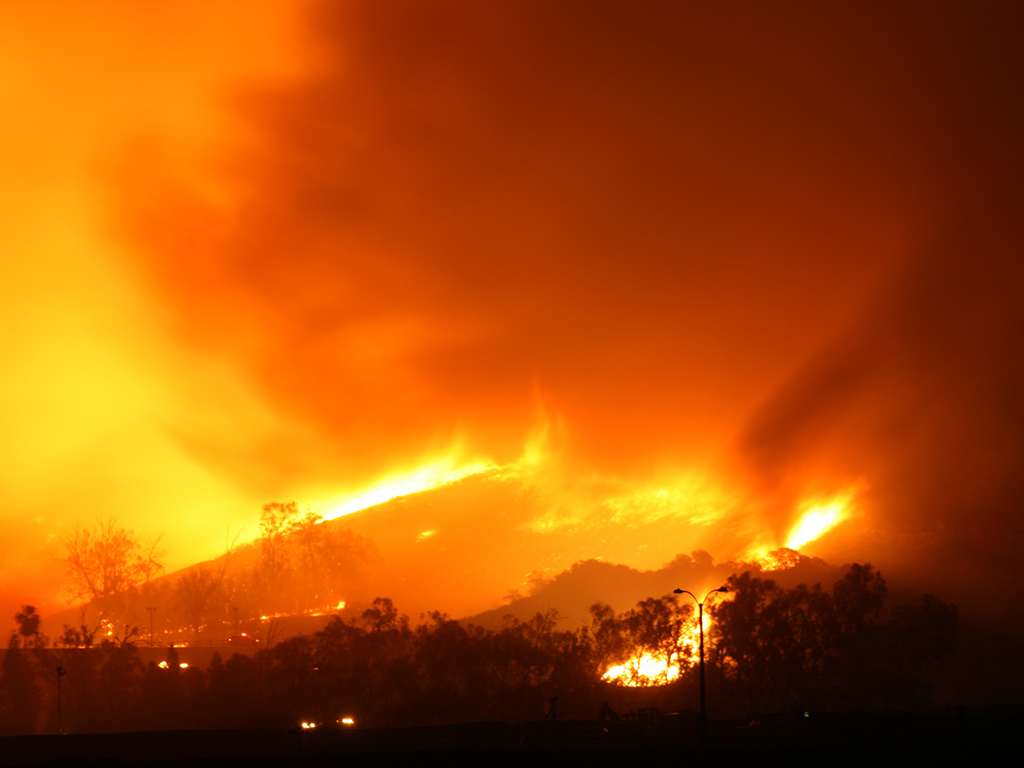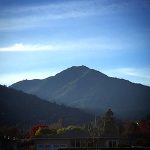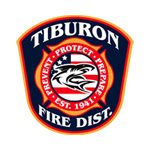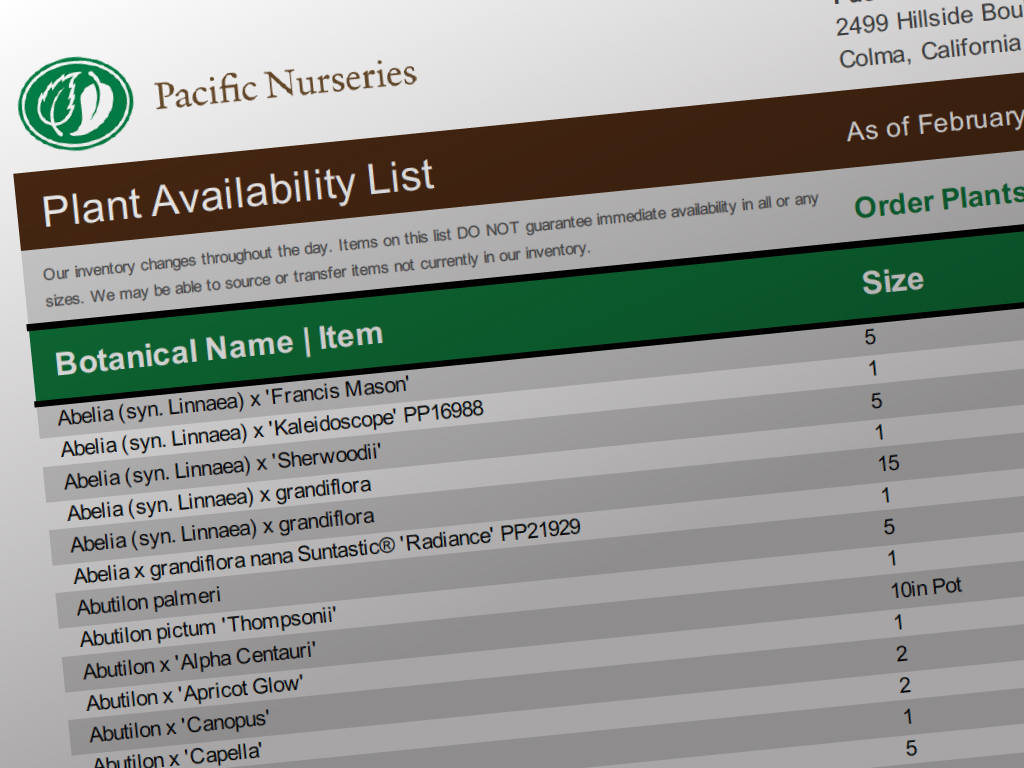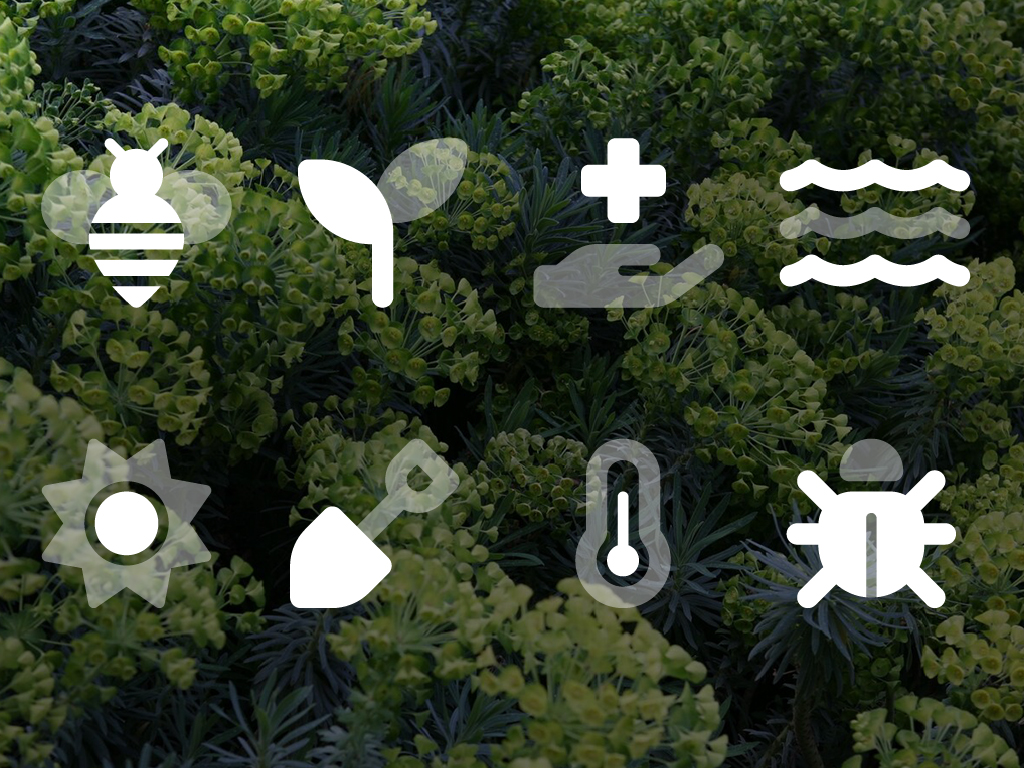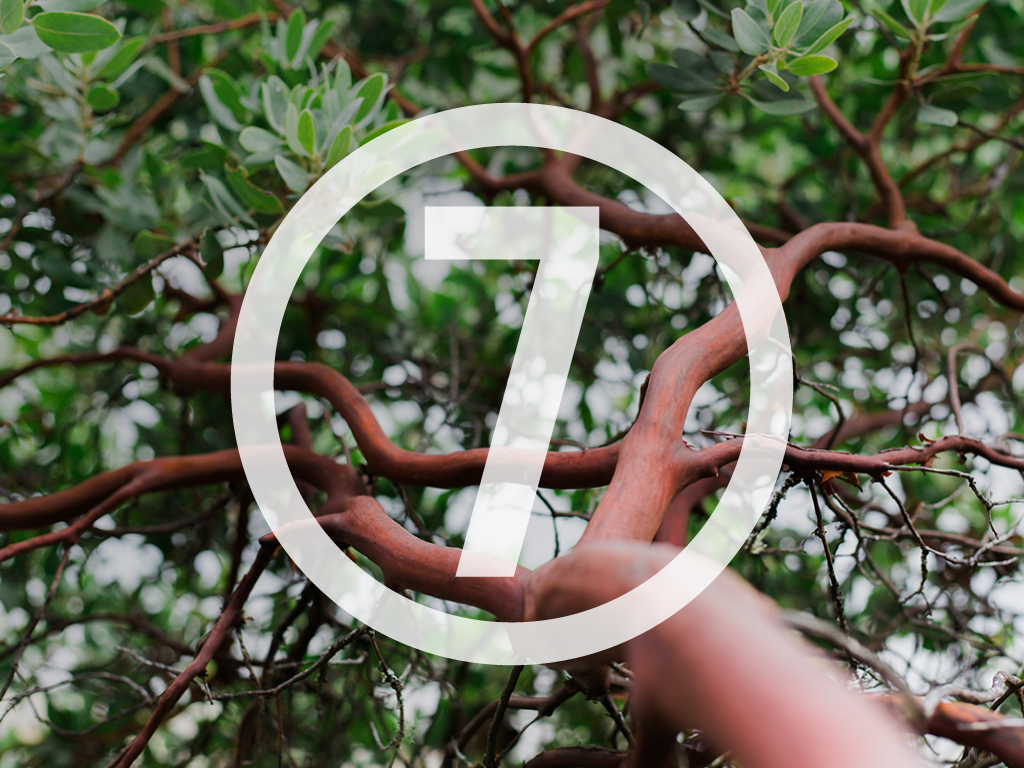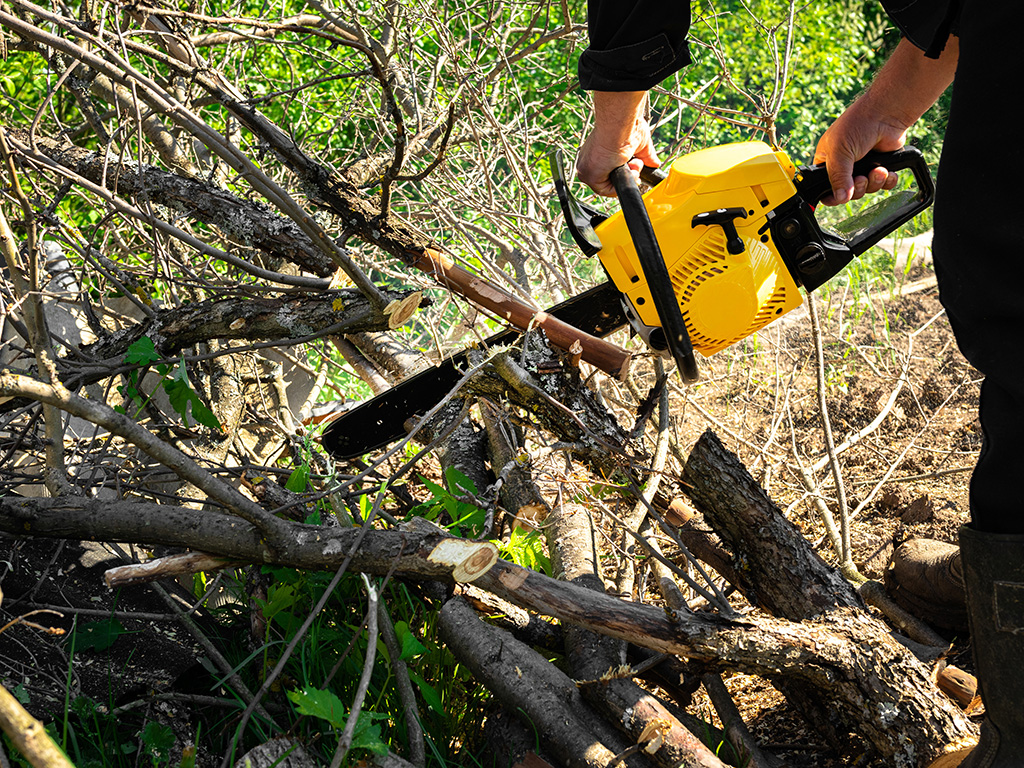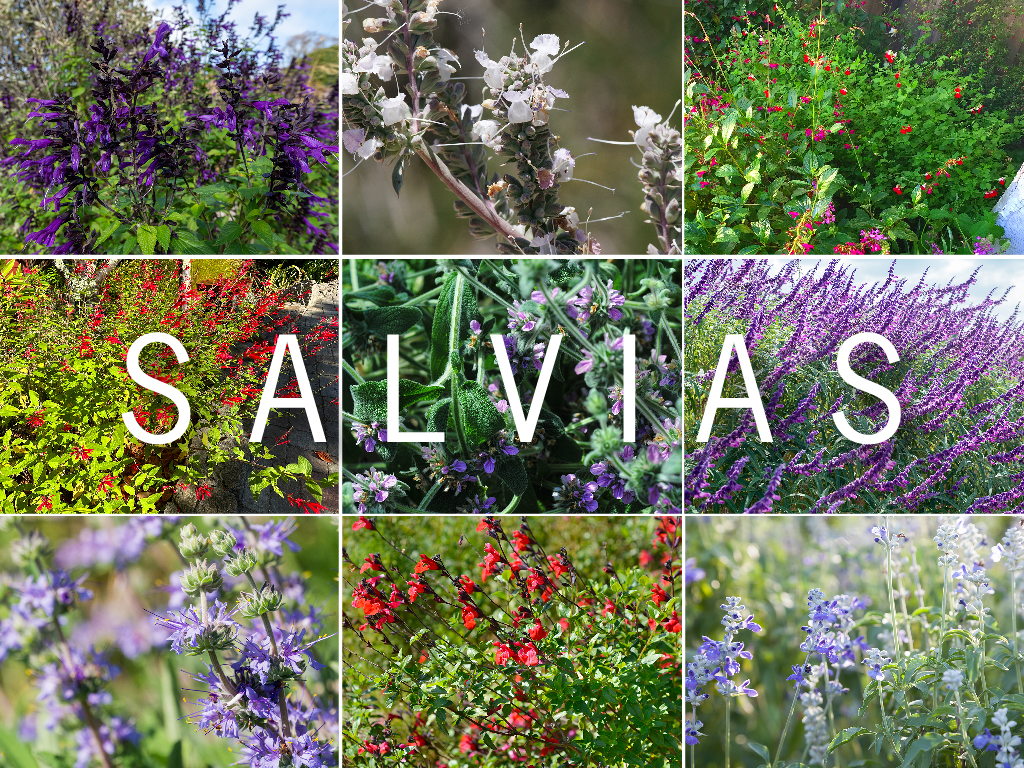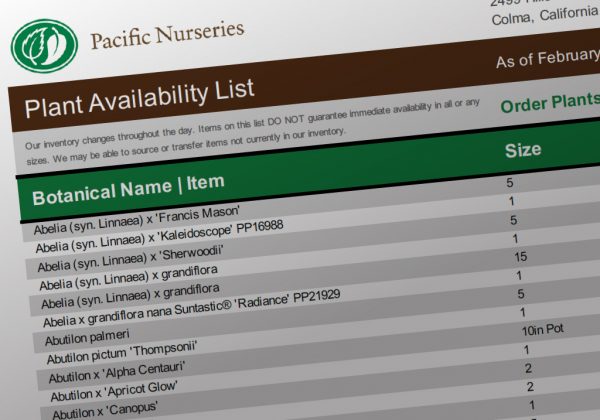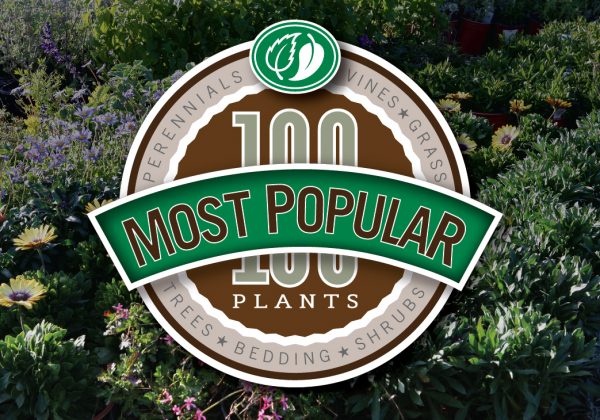Read on to learn about a number of strategies and actionable tactics that pros can use to make their customers safer and less susceptible to fire disasters.
A history and environment of fire
With its Mediterranean climate and hilly, mountainous terrain, the Bay Area has historically been affected by wildfire. Yet, given this history and the unique topography of the region, an important question remains unanswered: “What can be done to prevent future disasters like the 2018 Napa and Sonoma fires?”
Unfortunately, there is no one-size-fits-all solution to this significant challenge. But realistic components can include:
- | Improved zoning
- | Strict fire ordinance enforcement
- | Community prevention education
- | Increased awareness + integration of fire safe plants
The burning need for fire-resistant landscape
Scott Stephens, a professor of environmental science, policy, and management at UC Berkeley, has stated that city officials are often unable or unwilling to enforce strict fire ordinances or safety codes.
He points out that city governments encourage development into wildland areas to expand their tax base. The result is development often “interfaces” with wildland areas that put the inhabitants at extreme fire risk.
Katherine Randolph | Fire Safety Workshop Leader
Fire officials estimate the amount of fire fuel on Mt. Tamalpais has tripled from what it was in 1929. That year, a devastating fire destroyed 117 homes and burned thousands of acres.
Additional factors adding to the increasing risk of fire danger throughout the Bay Area include:
- | Climate change
- | Hotter, drier + longer fire seasons
- | Wildfire behavior affecting urban areas in unexpected + catastrophic ways
The Coffey Park neighborhood in western Santa Rosa is a prime example of these interconnected influences. The devastation there demonstrated that previously designated low-risk neighborhoods are now vulnerable. Therefore, it makes sense that awareness of fire-safe landscaping and building practices must be more vigorously addressed.
So how can a Bay Area landscape professional contribute to improving the fire safety and defensibility of their client’s landscape? The answer may be found in WUI.
What’s WUI and why should you care?
Cal Fire defines “areas where homes are interspersed among wild lands” as intermix zones. The rising number of these environments throughout the Bay Area are called Wildland Urban Interface or WUI zones.Codes and ordinances have been enacted by most fire districts in California for WUI areas. These codes provide important guidelines for access, water supply, and vegetation for most new construction and major remodels.
While new developments must submit landscape management plans to local governments that provide a 30′ clear perimeter around a residence or structure, the thousands of already built homes in the Bay Area present the bigger challenge and opportunity for Bay Area Landscape Professionals. That’s because their landscapes are not optimized for fire defense.
The best offense is a good defense for fire-resistant landscape
Defensible space is essential to improve the opportunity of surviving a wildfire and minimizing damage. This unplanted—or properly planted—buffer between a structure and the landscape around it—or any surrounding wildland—is essential to meet today’s WUI requirements.Defensible space is necessary to slow or stop the spread of wildfire and protect a structure from direct flame contact or radiant heat. It also helps protect firefighters by providing both a barrier and adequate space for access when defending a structure from spreading wildfire.
As a Landscape Pro, you should have clear and simple goals when planning and installing a fire-resistant landscape with compliant defensible space. They should include:
- | Decrease potential fuel
- | Interrupt fire paths
- | Install fire-resistant plants
- | Comply with local fire department WUI codes + ordinances
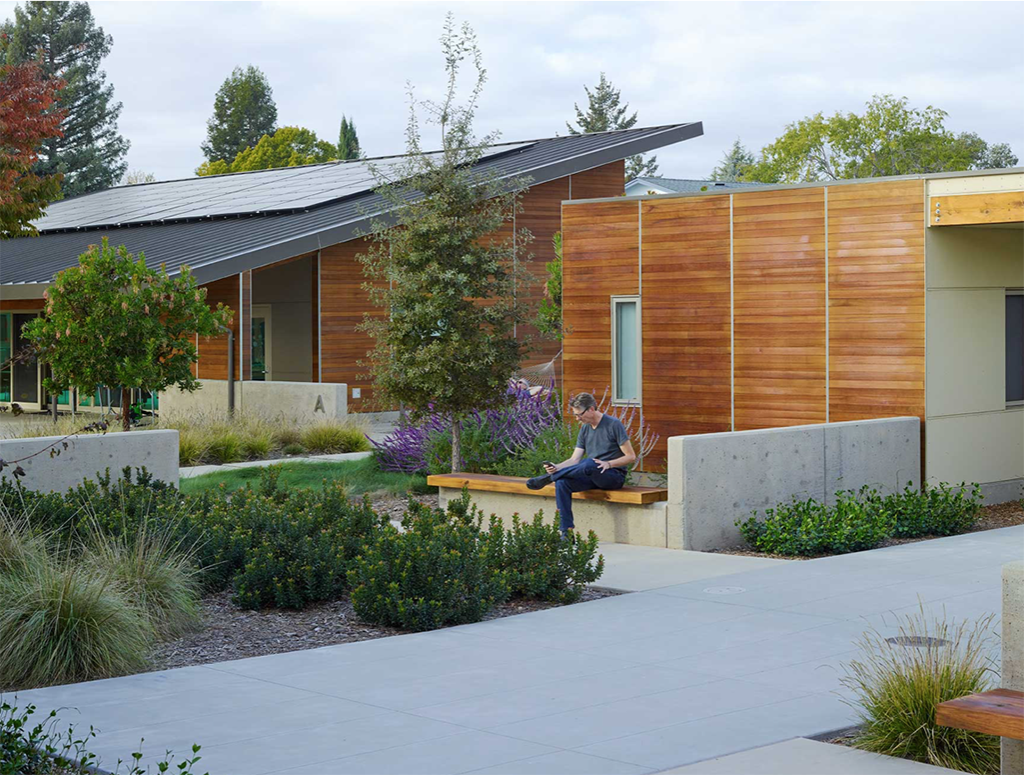
Landscape Designer Nancy Roche, with Sonoma Landscape Architecture firm Roche + Roche, often designs rural residential projects that connect to and/or are part of wild landscapes. In her work, she addresses these key considerations when planning a fire-safe landscape:
- | Relationship of residence and landscaped area to wild landscape including:
- | composition of wild landscape ecosystem
- | transition from irrigated, maintained landscape to non-irrigated wild landscape
- | level of maintenance required for both
- | Site location, access, slope, aspect, soil + water
- | Tree + plant spacing
- | Fire breaks including vineyards, gravel paths, roads, ponds, swimming pools
- | Less fire-prone plants including CA natives
Nancy Roche | Roche + Roche Studio
Fire-resistant landscape checklist
As Nancy points out, thorough planning, proper site preparation and use of the right plants will yield a more defensible, fire-resistant landscape. To keep you on track as you address your landscape project, this checklist provides guidance on where you need to focus:
Craig Latker | Latker Design Solutions
Invasive, highly flammable species such as Cytisus scoparius | Scotch broom and Spartium junceum | Spanish broom along with native Umbellularia | Bay, should be removed when they are small along with all dead wood and brush.
Craig also recommends integrating high-use, hardscape areas such as decks, patios, pools, and plazas close to a residence or structure with planting set back.
Use a zone defense against wild fire
According to the Ross Valley Fire Department, a fire-safe landscape is composed of three concentric areas around a residence or structure. These zones address the required 100′ of defensible space in a WUI compliant landscape. They include:
- IGNITITION ZONE | begins outside of a structure + extends about 5-6′
- DEFENSE ZONE | within 30′ of a residence or structure
- REDUCED FUEL ZONE | lies beyond the home defense zone, extending at least 100′ from residence or structure to property line
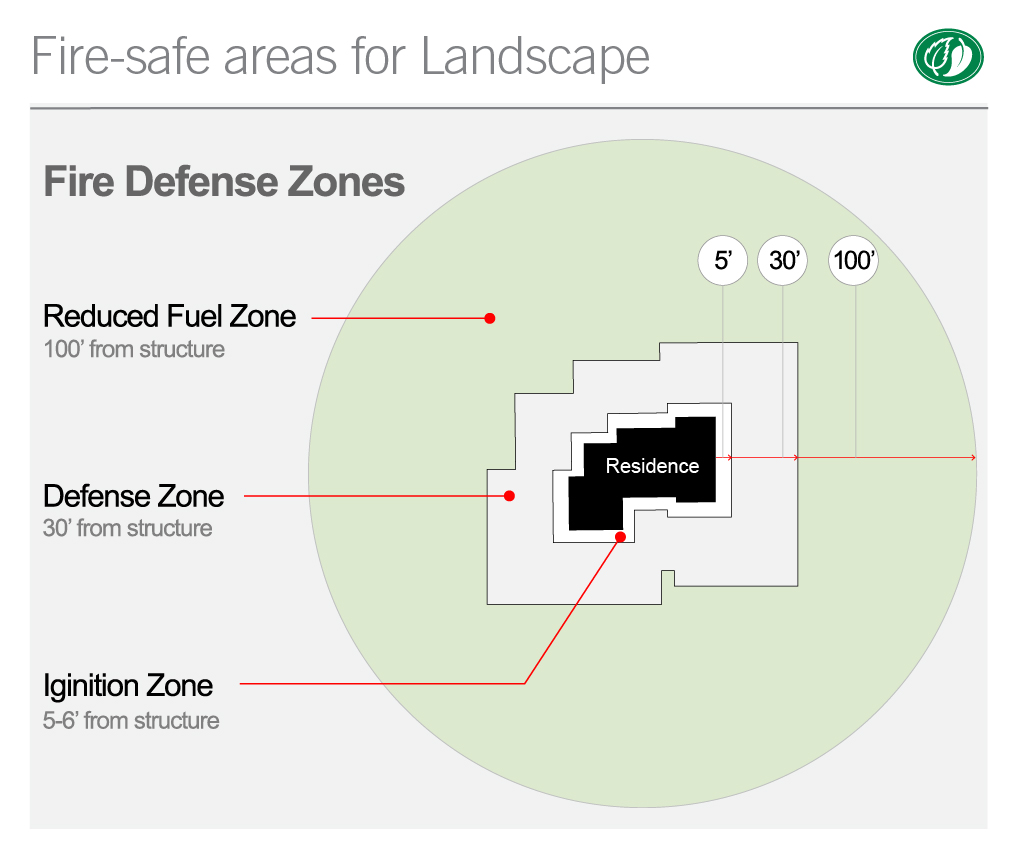
Plants to avoid, remove + replace
Tiburon Deputy Fire Marshal, Mike Lantier, recommends that certain types of ornamental trees should be minimized or avoided when planning or renovating a landscape.
Mike Lantier| Tiburon Deputy Fire Marshal
He points out that Eucalyptus, Monterey Pines and Juniper should be eliminated completely because the impregnated oils and resins in these species burn explosively. The result of using these plants or trees in a landscape make effective firefighting nearly impossible.
Plant specimens that Mike and other Bay Area fire fighters recommend avoiding include:
- Algerian Ivy | Hedera canariensis
- Bamboo | Bambusa
- Broom | Cytisus
- Cypress | Cupressus glabra + Cupressus sempervirens
- Leylandii Cypress | Cupressocyparis leylandii + Cupressus forbesii
- Douglas Fir | Pseudotsuga menziesii
- Eastern Red Cedar | Juniperus virginiana
- Eucalyptus | Eucalyptus camaldulensis
- Juniper | Juniperus virginiana
- Manzanita | Arctostaphylos hookeri
- Pampas Grass | Cortaderia selloana
- Pine | Pinus
- Rosemary | Rosmarinus officinalis
- Thuja | Arborvitae
- Toyon | Heteromeles arbutifolia
- Wattle | Acacia
Put these fire-resistant plants in your installation
Fire resistant plants can be the cornerstone of defensible and beautiful landscape. However, all plants will burn if they are poorly maintained.Therefore, it’s critical to choose fire-resistant species, maintain plant health, irrigate with water-wise methods, and, as the experts above point out, regularly remove all dead material.
In an ideal world, landscape plant palettes in the fire prone Bay Area should include a majority of succulent species. This includes citrus which has relatively succulent leaves. This planting strategy is practical near the coast in frost free zones but less of an option in areas prone to periodic freezes.
Scott Lewis | Scott Lewis Landscape Architecture
When used in a fire safe design, they typically will be at or below a roofline. Their smaller canopies also allow for grouping while meeting code requirements of 10’ separation from a structure.
Scott also likes ornamental grasses such as Miscanthus, Sesleria and Bouteloua gracilis. They are good choices for massed planted areas at the 12″ to 3′ height, require low-maintenance and are not pyrophitic or fire prone.
Aeonium
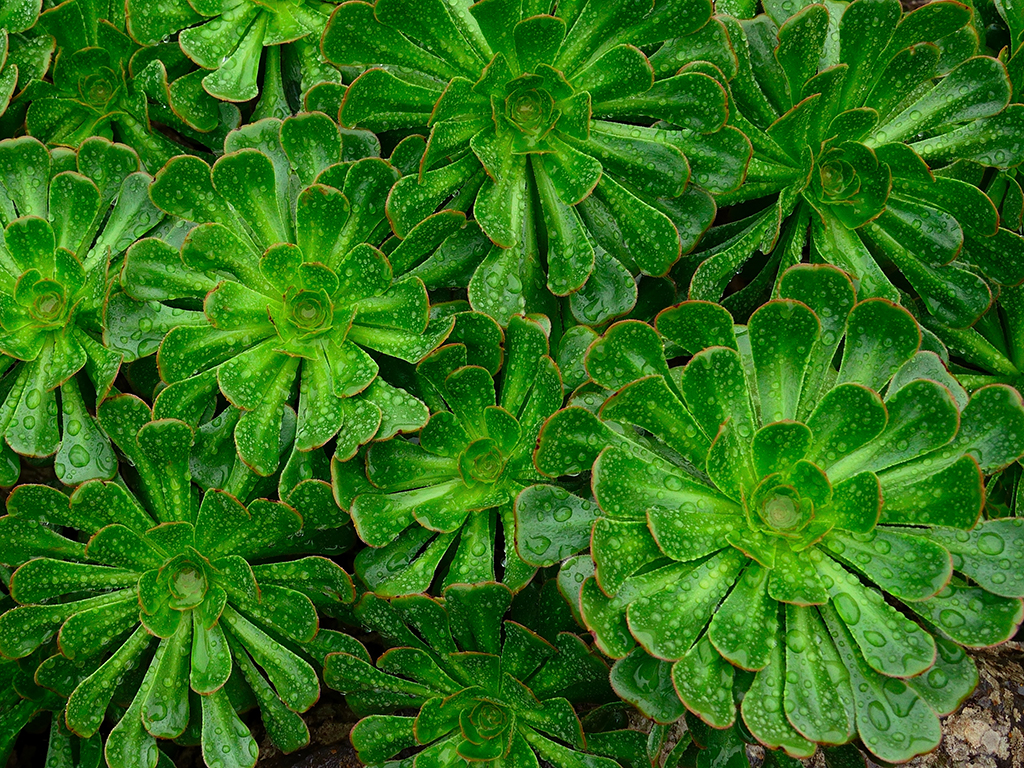
Agave americana

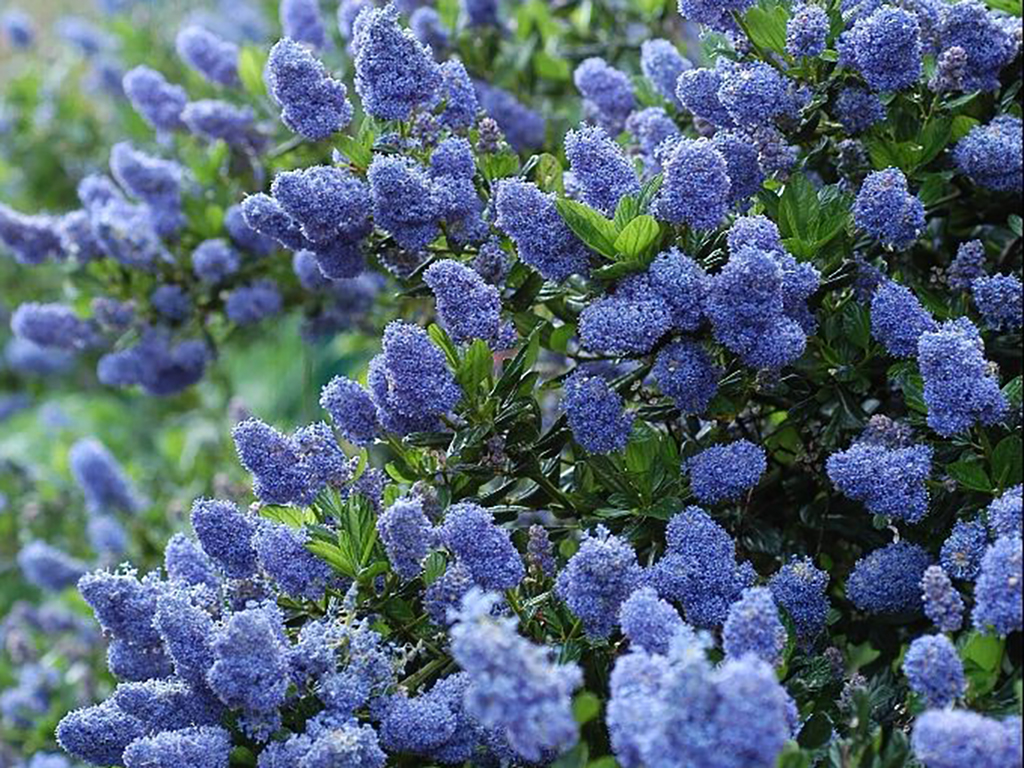
Echeveria elegans
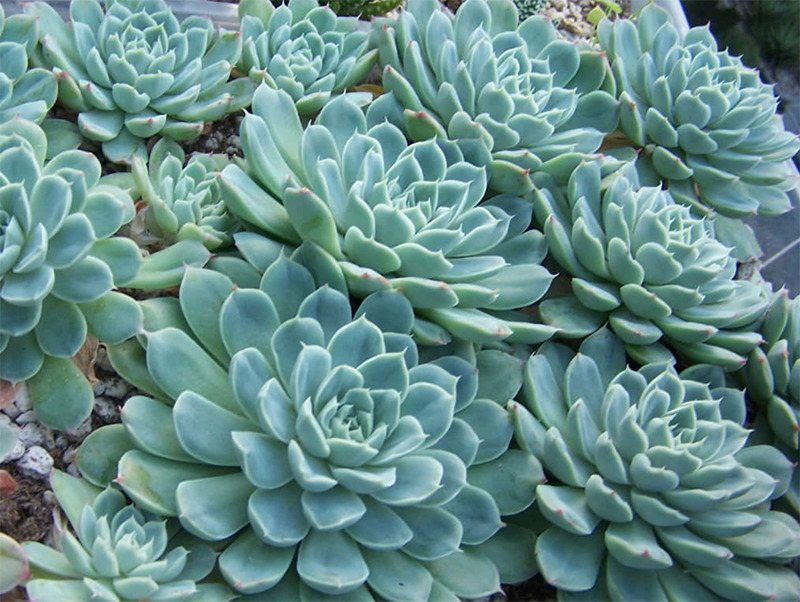
David Rimer | Hummingbird Tree Service

Lavandula
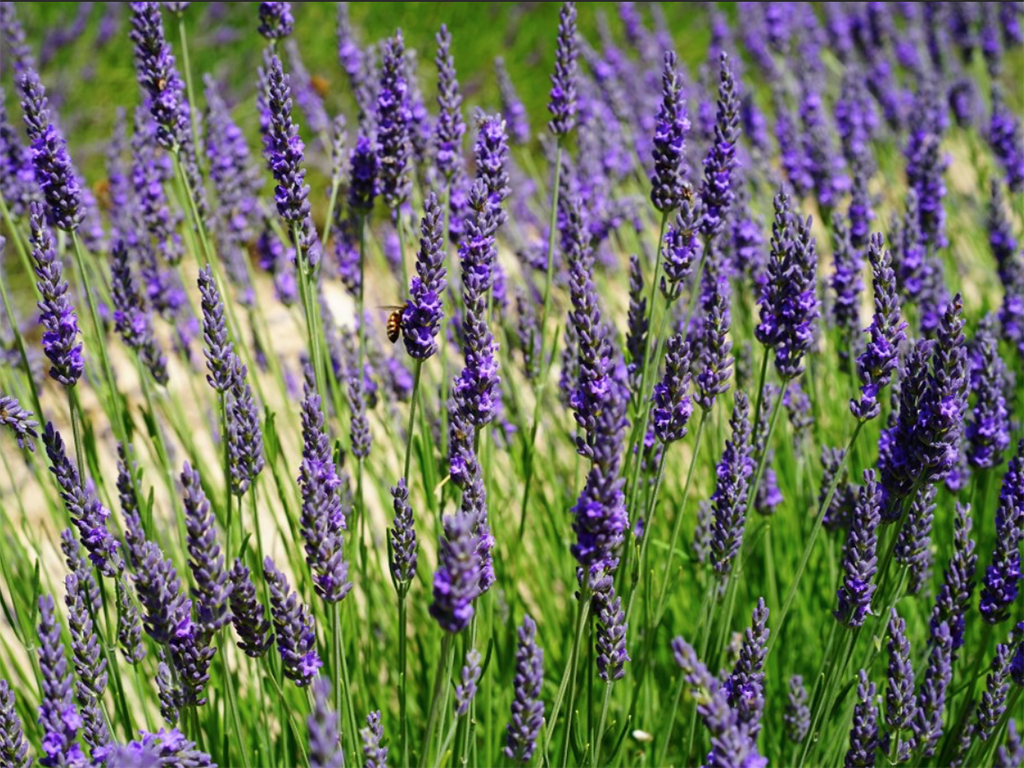
Mesembryanthemum
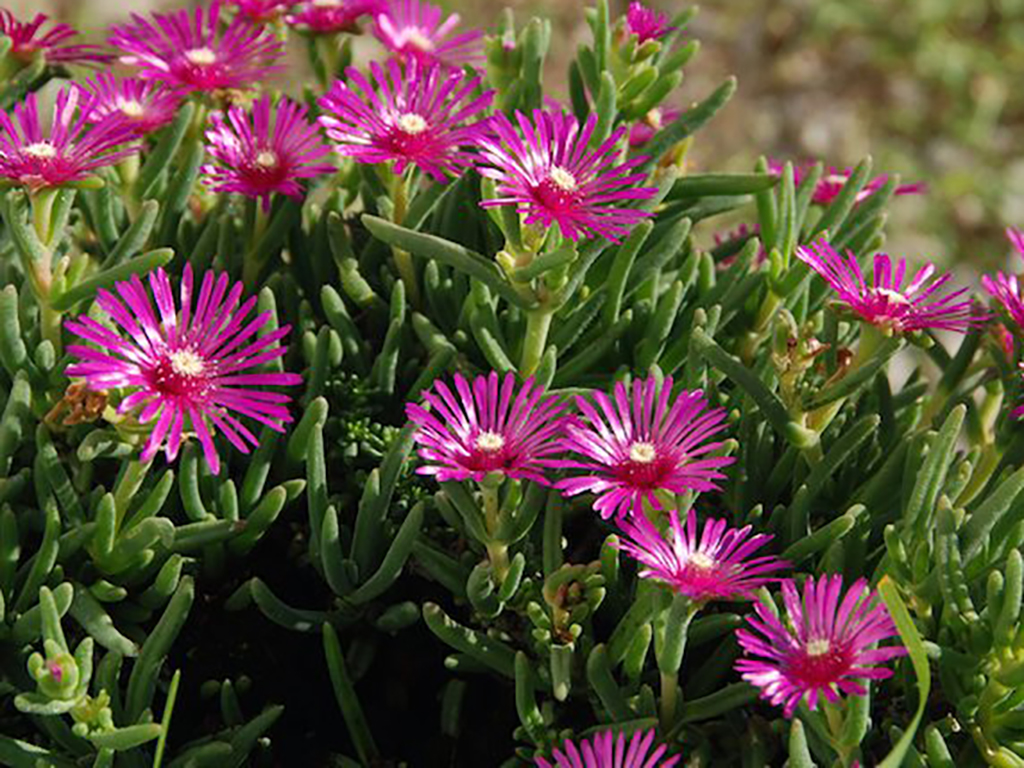
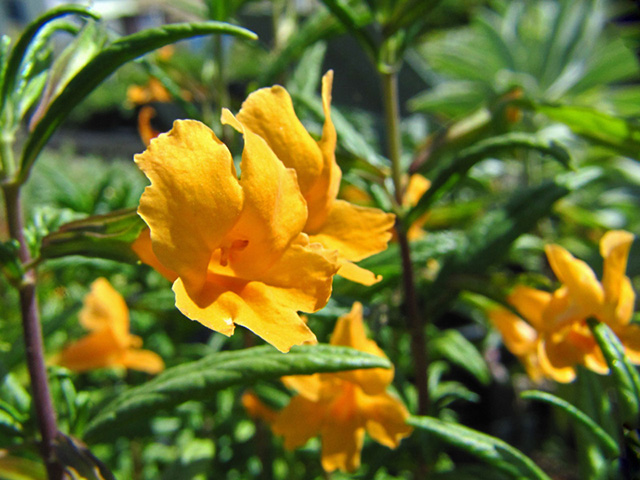
Senico
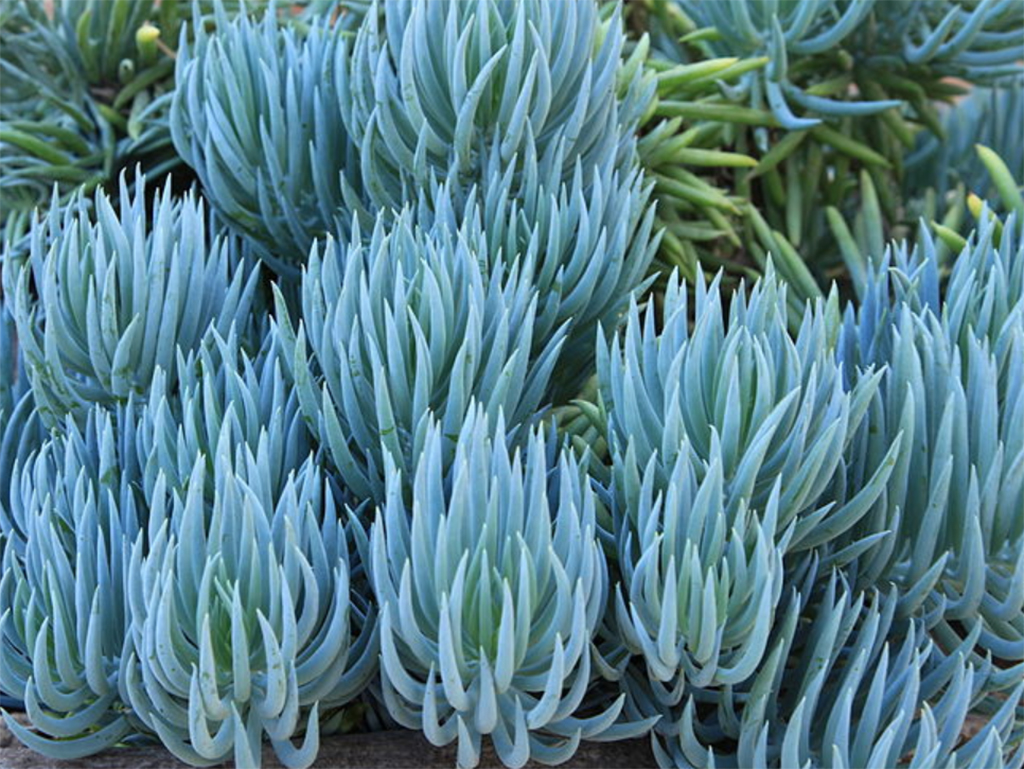
Want to know more about installing a fire-resistant landscape?
As both a grower and a plant broker, we’re ready to work with you to provide just the right fire-resistant plants, ground covers, native grasses, shrubs, and beautiful trees that will make your project a success.We can also provide an Estimate for one item to an entire installation just by attaching your plant list to our convenient online estimate form.
Contact any of our experts online at Pacific Nurseries or just call 650.755.2330.
What are you doing to minimize fire risk in your project?
Share what you’re doing to minimize fire risk with your clients. Just click the social platform icon of your choice on the sidebar on the left. Or click any of the social icons at the bottom of the page on your mobile device.We look forward to hearing what you have to say.
As the Founder of Pacific Nurseries, Don Baldocchi gets satisfaction from knowing the Bay Area is greener and more beautiful by helping landscape professionals succeed. Email Don or give him a call at 650.755.2330.

